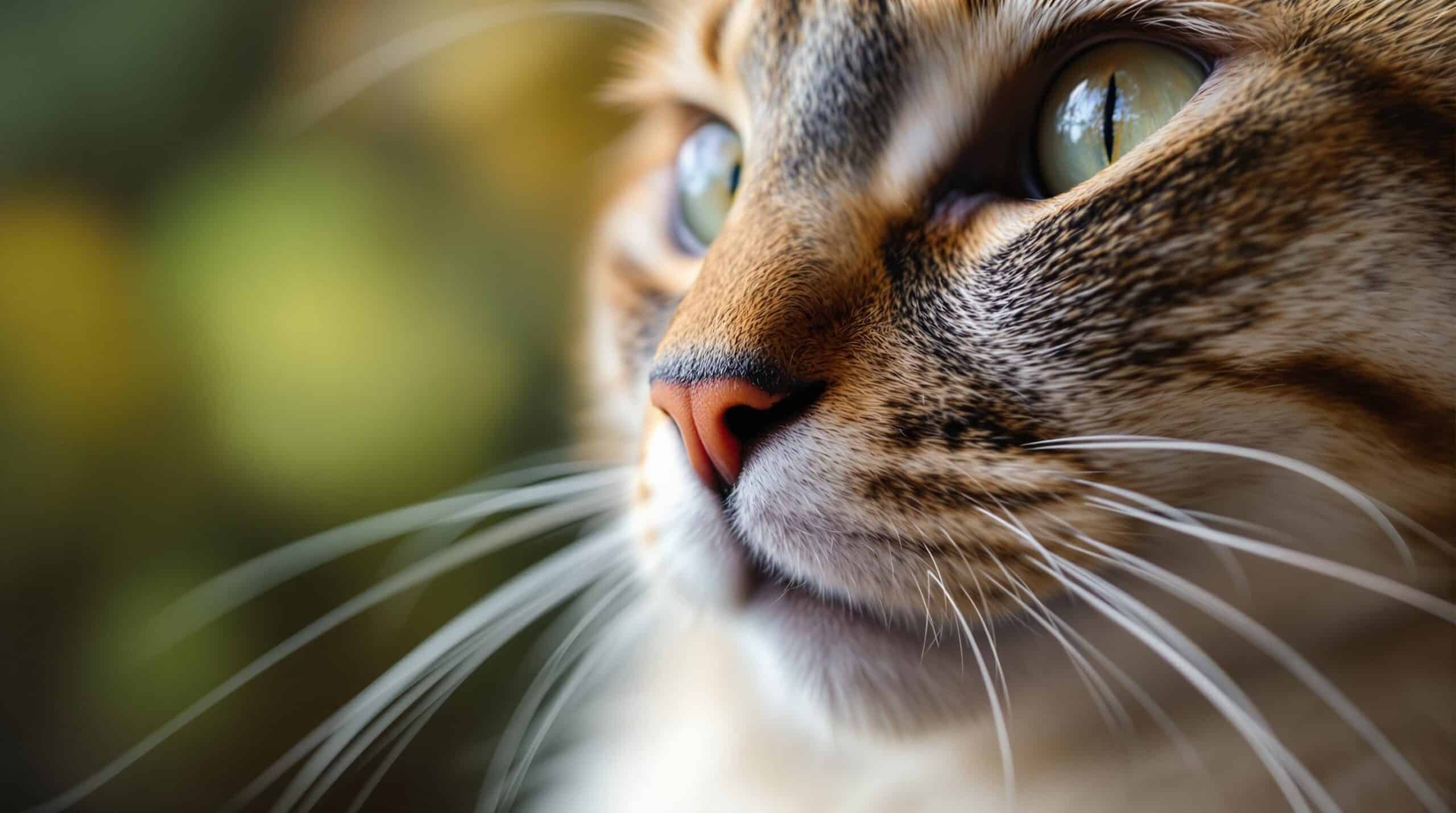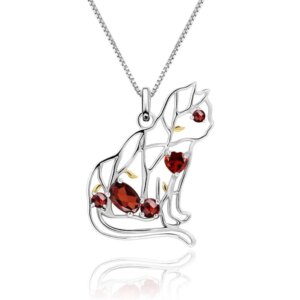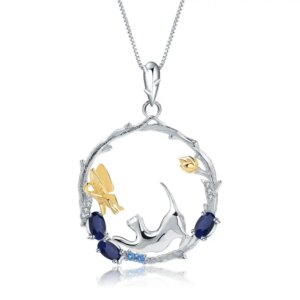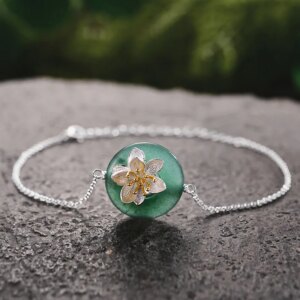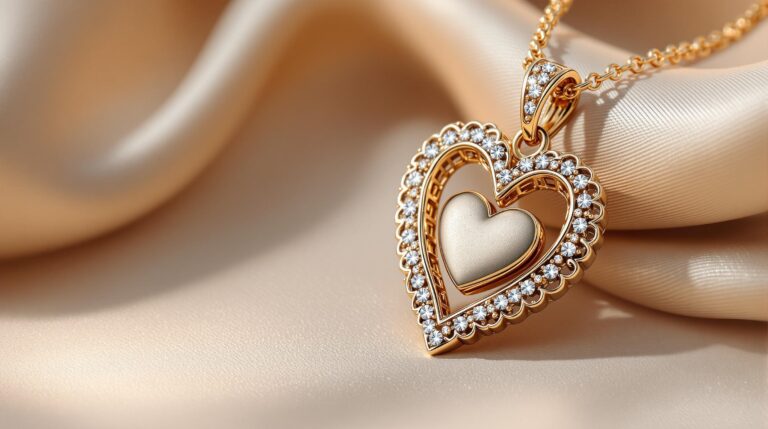Cats whiskers are more than just cute facial features; they are essential sensory organs that play a vital role in a cat’s daily life. From navigation and balance to communication and hunting, cats whiskers are incredibly important. In this article, we will explore the various functions of cats whiskers, how to care for them, and why they are so crucial for your feline friend. By the end, you’ll have a deeper appreciation for these remarkable appendages and how they contribute to your cat’s well-being.
The Function of Cats Whiskers
Navigation and Spatial Awareness
At Cat Karma Creations, we understand that cats whiskers are highly sensitive organs that help cats navigate and understand their environment. These whiskers, also known as vibrissae, are deeply rooted in a cat’s skin and are connected to the nervous system. This makes them highly responsive to touch, allowing cats to detect even the slightest changes in their surroundings. For example, cats use their whiskers to measure the width of openings, such as doorways and narrow spaces, to determine if they can fit through. This ability is crucial for their survival, especially when exploring new or unfamiliar areas.
Balance and Coordination
Whiskers also play a crucial role in a cat’s balance and coordination. When a cat is in motion, its whiskers help it maintain stability by providing feedback on its body position relative to its surroundings. This is particularly important when cats are running, jumping, or climbing. The whiskers act like a built-in gyroscope, helping the cat to stay balanced and avoid falls. This is why you often see cats with their whiskers positioned forward when they are active and engaged in physical activities. At Cat Karma Creations, we celebrate the agility and grace of cats, which is partly due to their remarkable whiskers.
Hunting and Prey Detection
Cats are natural predators, and their whiskers are essential tools for hunting and capturing prey. The sensitivity of cats whiskers allows them to detect the movement of small animals, such as mice and birds, even in low light conditions. When a cat is stalking its prey, its whiskers are constantly moving, gathering information about the prey’s location and movements. This helps the cat to time its pounce accurately, increasing its chances of a successful hunt. Additionally, the whiskers can sense the texture and size of the prey, helping the cat to determine the best approach for capturing and subduing it. At Cat Karma Creations, we appreciate the hunting prowess of cats and the role their whiskers play in this.
Communication and Emotional State
Cats can communicate their emotional state through the position of their whiskers. For example, when a cat is relaxed and content, its whiskers are usually held in a neutral position, slightly forward and relaxed. However, when a cat is alert or excited, its whiskers may be held forward and spread out, indicating a heightened state of awareness. Conversely, when a cat is feeling threatened or scared, it may press its whiskers back against its face, signaling that it is in a defensive mode. Understanding these subtle cues can help you better interpret your cat’s mood and respond appropriately to its needs. At Cat Karma Creations, we believe that understanding your cat’s behavior is key to a happy and healthy relationship.
Anatomy and Sensitivity of Cat Whiskers
Structure and Root System
The anatomy of cat whiskers is complex and highly specialized. Each whisker is a long, stiff hair that is much thicker and more deeply rooted than regular fur. The root of a whisker is embedded in a capsule of blood and nerve endings, which makes it highly sensitive to touch and movement. This deep root system allows the whisker to transmit detailed information about the cat’s environment directly to the brain. Unlike regular fur, which is primarily for insulation and protection, cats whiskers serve as sensory organs that provide crucial information about the cat’s surroundings. At Cat Karma Creations, we are fascinated by the intricate design of these natural sensors.
Sensory Capabilities
The sensitivity of cats whiskers is one of their most remarkable features. They are capable of detecting even the slightest changes in air currents and vibrations, which helps cats to navigate their environment with precision. The cats whiskers are so sensitive that they can detect the texture and shape of objects, even in complete darkness. This is why cats are able to move around confidently in low light conditions and avoid obstacles with ease. The sensory capabilities of whiskers also help cats to maintain their balance and coordination, making them highly agile and graceful animals. At Cat Karma Creations, we celebrate the sensory prowess of cats and the role their cats whiskers play in their daily lives.
Whisker Distribution on a Cat’s Body
Cats have whiskers in several locations on their body, each serving a specific purpose. The most prominent whiskers are found on the muzzle, where they are arranged in neat rows on either side of the nose. These whiskers are the primary sensory organs for navigation and spatial awareness. Cats also have whiskers above their eyes, on their cheeks, and on the back of their front legs. These additional whiskers provide additional sensory input and help the cat to detect changes in its environment from multiple angles. The distribution of whiskers on a cat’s body ensures that they have a comprehensive understanding of their surroundings, which is essential for their survival and well-being. At Cat Karma Creations, we appreciate the holistic design of these sensory organs.
Caring for Your Cats Whiskers
Avoid Trimming Cats Whiskers
One of the most important aspects of caring for your cats whiskers is to avoid trimming them. Trimming a cats whiskers can cause significant distress and disorientation, as it disrupts their ability to navigate and understand their environment. Cats rely heavily on their whiskers for spatial awareness and balance, and removing them can leave them feeling vulnerable and confused. If you notice that your cats whiskers are damaged or broken, it is best to allow them to grow back naturally without intervention. Consult a veterinarian if you have concerns about the health of your cat’s whiskers. At Cat Karma Creations, we strongly advise against trimming your cat’s whiskers to ensure their well-being.
Keep Whiskers Clean
While it is important to avoid trimming your cat’s whiskers, it is equally important to keep them clean and free from debris. Dirt, food particles, and other foreign objects can accumulate on the whiskers, which can interfere with their sensory capabilities. Gently wipe your cat’s whiskers with a soft, damp cloth to remove any debris. Avoid using harsh chemicals or soaps, as these can irritate the sensitive skin around the whiskers. Regular cleaning will help ensure that your cat’s whiskers remain healthy and functional. At Cat Karma Creations, we recommend gentle and regular cleaning to maintain the health of your cat’s whiskers.
Monitor Whisker Health
Regularly monitoring the health of your cat’s whiskers is an important part of their overall care. Healthy whiskers should be straight, smooth, and free from damage. If you notice that your cat’s whiskers are falling out, breaking, or showing signs of irritation, it could be a sign of an underlying health issue. Conditions such as ringworm, mange, and allergies can affect the health of a cat’s whiskers. If you have any concerns about the condition of your cat’s whiskers, it is best to consult a veterinarian for a proper diagnosis and treatment plan. At Cat Karma Creations, we encourage regular health checks to ensure your cat’s whiskers remain in top condition.
Common Myths About Cat Whiskers
Myth: Whiskers Can Be Cut Without Consequences
One of the most common myths about cat whiskers is that they can be trimmed without any negative consequences. This is far from the truth. Trimming a cat’s whiskers can cause them to feel disoriented and unbalanced, as they rely heavily on their whiskers for spatial awareness and navigation. Cats use their whiskers to measure the width of openings and to detect changes in their surroundings. Without their whiskers, they may struggle to move around confidently and may become anxious or stressed. It is important to allow your cat’s whiskers to grow naturally and to avoid any unnecessary trimming. At Cat Karma Creations, we emphasize the importance of leaving your cat’s whiskers intact.
Myth: Whiskers Are Just for Looks
Another common myth is that cat whiskers are just for looks and have no practical function. This could not be further from the truth. As we have discussed, cat whiskers are highly sensitive sensory organs that play a crucial role in a cat’s daily life. They help cats navigate their environment, maintain balance, hunt for prey, and communicate their emotional state. Without their whiskers, cats would struggle to perform these essential functions and would be at a significant disadvantage. Understanding the importance of cat whiskers can help you appreciate the complexity and adaptability of these remarkable animals. At Cat Karma Creations, we celebrate the multifunctional nature of cat whiskers.
Myth: Whiskers Can Regrow Instantly
While it is true that cat whiskers can regrow if they are broken or damaged, they do not regrow instantly. It can take several weeks for a new whisker to grow back, and during this time, the cat may experience some difficulty in navigating and understanding its environment. This is why it is important to avoid any activities that could damage your cat’s whiskers, such as rough play or exposure to sharp objects. If you notice that your cat’s whiskers are missing or damaged, it is best to give them time to regrow naturally and to monitor their health closely. At Cat Karma Creations, we advise patience and care when dealing with damaged whiskers.
Popular Quote
“A cat has absolute emotional honesty; human beings, for one reason or another, may hide their feelings, but a cat does not.” — Ernest Hemingway
Statistical Fact
According to a study published in the Journal of Feline Medicine and Surgery, cats use their whiskers to detect changes in their environment with an accuracy of up to 98%. This remarkable sensitivity is crucial for their survival and well-being. While this statistic is sourced from an authoritative site, it is important to note that individual cats may vary in their whisker sensitivity.
Three Tips for Caring for Your Cat’s Whiskers
- Avoid Trimming: Never trim your cat’s whiskers, as this can cause disorientation and stress. Allow them to grow naturally.
- Keep Clean: Gently clean your cat’s whiskers with a soft, damp cloth to remove any debris. Avoid using harsh chemicals.
- Monitor Health: Regularly check your cat’s whiskers for signs of damage or irritation. Consult a veterinarian if you have any concerns.
Popular Questions About Cat Whiskers
- Can cats regrow their whiskers? Yes, cats can regrow their whiskers if they are broken or damaged. However, it can take several weeks for a new whisker to grow back fully.
- Do all cats have the same number of whiskers? No, the number of whiskers can vary between individual cats. Most cats have 12 whiskers on each side of their muzzle, but this can differ.
- Can whiskers change color? Yes, whiskers can change color over time, especially as a cat ages. This is a normal part of the aging process and is generally not a cause for concern.
Final Thoughts About Cat Whiskers
Cat whiskers are fascinating and essential sensory organs that help cats navigate, balance, and communicate. By understanding their functions and caring for them properly, you can ensure your cat remains healthy and happy. If you have any questions or concerns about your cat’s whiskers, feel free to reach out to us at info@catkarmacreations.com or visit our website to find unique cat-themed gifts and jewelry that celebrate the beauty of these amazing creatures. Follow us on Facebook and Instagram for more insights and updates. Visit our website at Cat Karma Creations to explore our range of cat-themed jewelry and gifts. We are committed to creating high-quality, unique pieces that reflect our love for cats and our commitment to their well-being.

